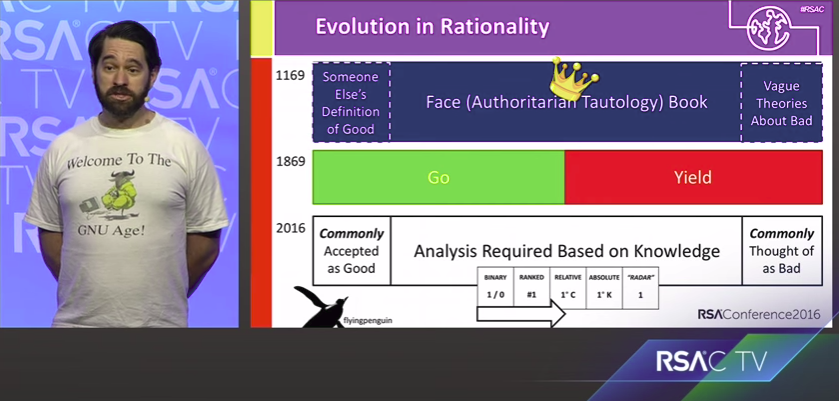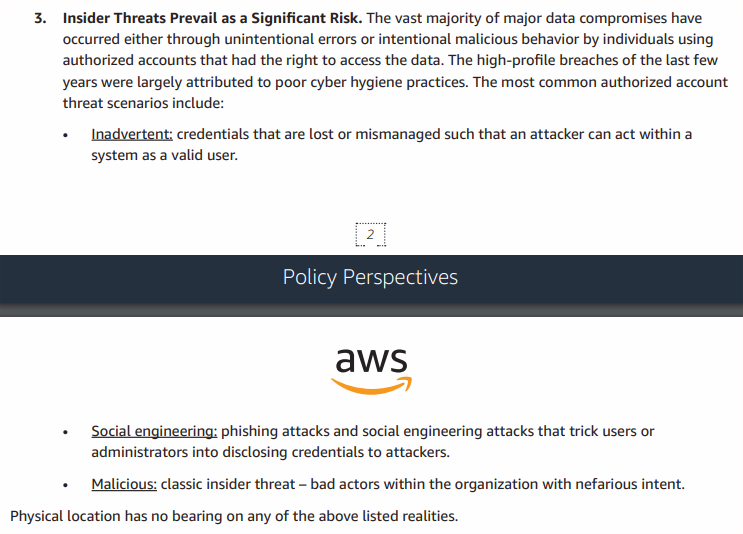Heraclitus of Ephesus (530-470 BCE) famously wrote about the ephemeral nature of knowledge, let alone existence:
“It is impossible to step into the same river twice.”
“We both step and do not step in the same rivers. We are and are not.”
“Those who step into the same rivers, different and different waters flow.”
His poetry is considered a powerful influence on philosophers for many centuries after.
Today DARPA is sewing these old philosophical threads into physical designs for their Fast Light Autonomy program (FLAP), as Kelsey Atherton writes in c4isrnet:
Every map is an outdated map. Buildings change, people relocate, and what was accurate a decade ago may mean nothing to someone on patrol today.
One quote in Kelsey’s article that stood out to me is from FLAP’s program manager, who says he sees cost deflation as the real driver for autonomy.
We don’t want to deploy a world-class FPV racer with every search and rescue team
This brings to mind a story from this past January, which only was recently published by the sensationalist tabloid Daily Star. They describe the high cost of an assassination plan led by the British. During a raid the targets retreated to a cave network, and a highly-trained SAS soldier engaged to finish the mission.
“It was a brutal fight to the death. The SAS sergeant emerged from the tunnel half an hour later covered in blood, both his own and those of the men he had killed.”
The soldier was unable to speak for at least an hour because he was so traumatised.
He later said the air was so thin it was almost impossible to breathe.
The SAS man, an Iraq veteran, later said that the 30 minutes he spent in the tunnels was the hardest of his entire military career.
Deploying world-class talent has prohibitive cost, which is exactly why targets retreat into tunnels that force world-class talent to be deployed. Drones that inexpensively can map high-risk topography clearly changes the equations more in favor of those in pursuit of targets, whether it be rescue or the opposite.
There are two big wrinkles, however, in the development of any sort of Heraclitus drone to keep humans abreast of the latest changes in the environments being stepped into.
First, communications are imperfect in availability. A recent TeamWerx “challenge” to develop amplifier repeater for RF highlights the opportunities to improve ad hoc networks for drones to operate through difficult and closed terrain.
SOF operators have a need for rapidly deployable, interconnected repeaters that can transmit and receive a 1775-2250 MHz range of RF energy that may include near-real time video, audio, and modulated digital data messages. The system of interconnected repeaters should be easily extendable by inserting additional repeaters.
I can imagine here is where the DARPA folks would say we don’t want to deploy a world-class radio technician with every search and rescue team.
Second, communications are imperfect in integrity. Attackers or even just natural interference degrades signal to levels that perhaps shouldn’t be trusted. Yet who knows when that point is crossed and will they know soon enough? Unlike availability, where signal is degraded in terms of loss, subtle quality changes are a more difficult metric to monitor.
A green beret recently related a story to me from his training in the 1960s, where two teams walked through nearly impenetrable jungle. They proceeded in separate columns, with extreme caution, one led by a “local” guide.
Despite all the training and signals, the column without a guide in front tripped a mock trigger for mines. They asked the guide why didn’t he warn the second column and apparently he replied “why should I?”
The green beret told me “from that point forward we had a different trust”. So here is where I add in the modern modifier, he had a different trust in the quality of information from commodity drones, which takes us back to the old concept of “we both step and do not step in the same rivers”.






